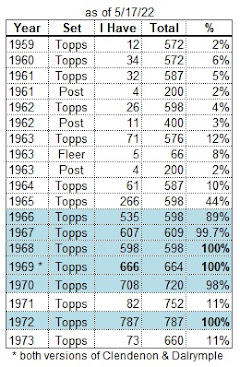Gotay began in the Cardinals farm system in 1957. His major-league debut came on 8/6/60, one of 3 games he appeared in that year. He returned to the minor leagues for most of 1961, but squeezed in 10 games for St. Louis.
In 1962, Gotay became the regular Cardinals shortstop, starting 2/3 of the games, while fellow rookie shortstop Dal Maxvill started 1/3 of the games. After the season, Gotay and pitcher Don Cardwell were traded to the Pirates for Dick Groat, who took over as the Cardinals shortstop (keeping Maxvill in a backup role for a few more seasons).
.jpg)
.jpg)
Most of Julio's time with the Pirates was spent in the minor leagues, as he only played in a combined 7 games with the Pirates in 1963 and 1964. Prior to the 1965 season, he was traded to the Angels, and split the season between California and their triple-A team in Seattle. By the end of June 1966, the Angels traded him to the Astros, who kept him in the minors for all but 4 games that year.
Starting in 1967, Gotay finally returned to the majors for an extended time, as he played in over 70 games each in '67 and '68. In fact, 1968 was the only year he stayed out of the minor leagues. He split the 1969 season between Houston and their triple-A team.
1969 was Gotay's last major league season. He would continue playing in triple-A in 1970 (Astros) and 1971 (Cardinals).
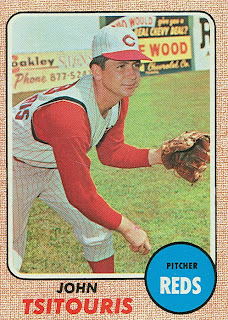.jpg)
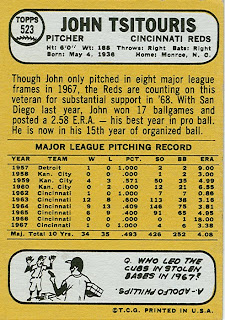.jpg)
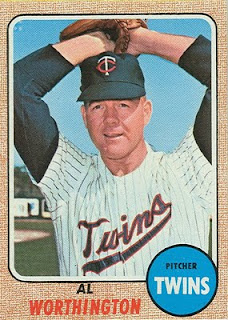.jpg)
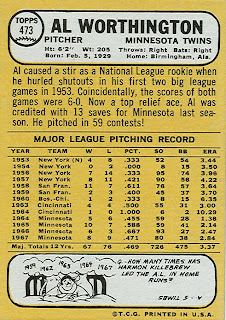.jpg)
.jpg)
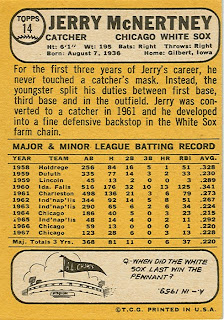.jpg)
.jpg)
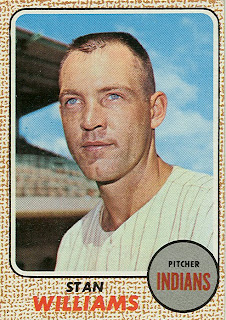.jpg)
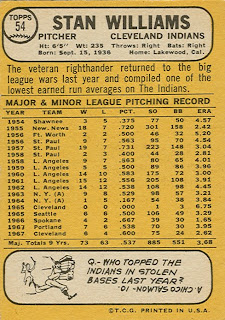.jpg)
.jpg)
.jpg)
.jpg)
.jpg)
.jpg)
.jpg)
.jpg)
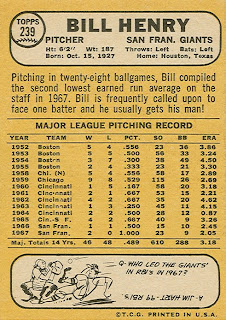.jpg)
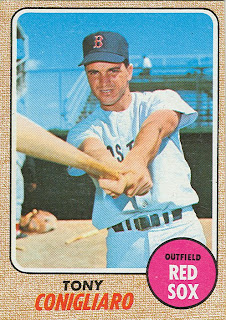

.jpg)
.jpg)


.jpg)

.jpg)
.jpg)














